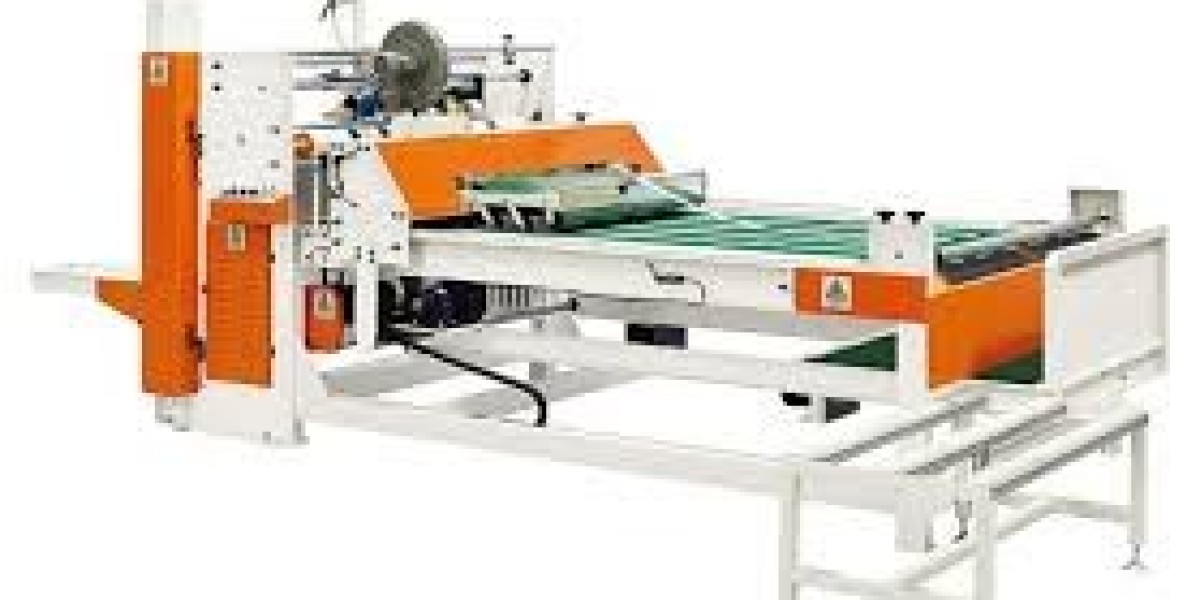Molded Automotive Carpet refers to carpets pre-shaped or molded to match the contours of vehicle floorboards, footwells, and center tunnels. These are designed for precise fit and easier installation while reducing trimming waste. Molded carpets are favored in premium and custom interior offerings due to their clean finish and design flexibility.
The carpet in a modern car is not a flat piece of fabric simply laid over the floor. It is a highly engineered, three-dimensional component known as a Molded Automotive Carpet. This precise molding process is what allows the carpet to follow every curve, contour, and crevice of the vehicle's floor pan, creating a seamless, integrated, and factory-finished look. As of 2025, the technology behind molding automotive carpets is a critical part of the interior manufacturing process, essential for achieving the high levels of fit, finish, and acoustic performance that modern consumers expect.
Why Molding is Essential
A car's floor is not flat. It has a central tunnel for the exhaust or drivetrain components, raised sections for seat mounts, and the complex shapes of the driver and passenger footwells.
Fit and Finish: Molding ensures the carpet fits like a glove, with no wrinkles, bunches, or gaps. This tight fit is crucial for a premium aesthetic.
Safety: A perfectly molded carpet stays in place and will not shift or creep forward, which is a critical safety factor to prevent interference with the brake and accelerator pedals.
Acoustic Sealing: The tight fit ensures there are no gaps for road and tire noise to leak into the cabin, maximizing the sound-deadening performance of the flooring system.
Ease of Installation: On the assembly line, a one-piece molded carpet can be installed quickly and accurately, which is essential for manufacturing efficiency.
The Manufacturing Process
The creation of a molded automotive carpet is a high-pressure, high-temperature process:
The Composite Mat: The process starts with a large, flat sheet of the carpet composite. This consists of the top layer (the tufted nylon or polypropylene fibers), a primary backing, and a heavy, thermoformable secondary backing made of a material like polyurethane (PU) or a thermoplastic.
Heating: This flat mat is transported through a large oven that heats it to a specific, pliable temperature.
The Molding Press: The hot, soft mat is then quickly transferred into a massive, water-cooled press. The press contains a mold that is the exact positive and negative shape of the specific car's floor pan.
Pressing and Cooling: The press closes, exerting immense pressure and forcing the hot carpet composite into every detail of the three-dimensional mold. The mold is cooled, which causes the thermoplastic backing to solidify and permanently lock the carpet into its new, complex shape.
Trimming: After it's removed from the press, the now-molded carpet is moved to a trimming station. A high-pressure water jet or a robotic cutting tool then precisely trims the edges and cuts out all the necessary holes for seat bolts, the centre console, wiring harnesses, and pedals.
The result is a single, perfectly formed component, ready to be installed in the vehicle.
Frequently Asked Questions (FAQ)
Q1: What is a molded automotive carpet? A1: It is the main vehicle floor carpet that has been shaped using heat and pressure in a three-dimensional mold to perfectly match the complex contours of a specific vehicle's floor pan.
Q2: Why do car carpets need to be molded? A2: Molding is essential to ensure a perfect, wrinkle-free fit over the non-flat surface of a car's floor (including the transmission tunnel and footwells). This is critical for aesthetics, safety (to prevent pedal interference), and acoustic performance.
Q3: Can I buy a molded replacement carpet for my specific car model? A3: Yes. The aftermarket industry produces molded replacement carpets for a huge variety of popular car models. This is especially common for restoring classic cars or replacing a carpet that has been severely damaged.
More Related Report
New Energy Vehicle (NEV) Taxi Market Size









